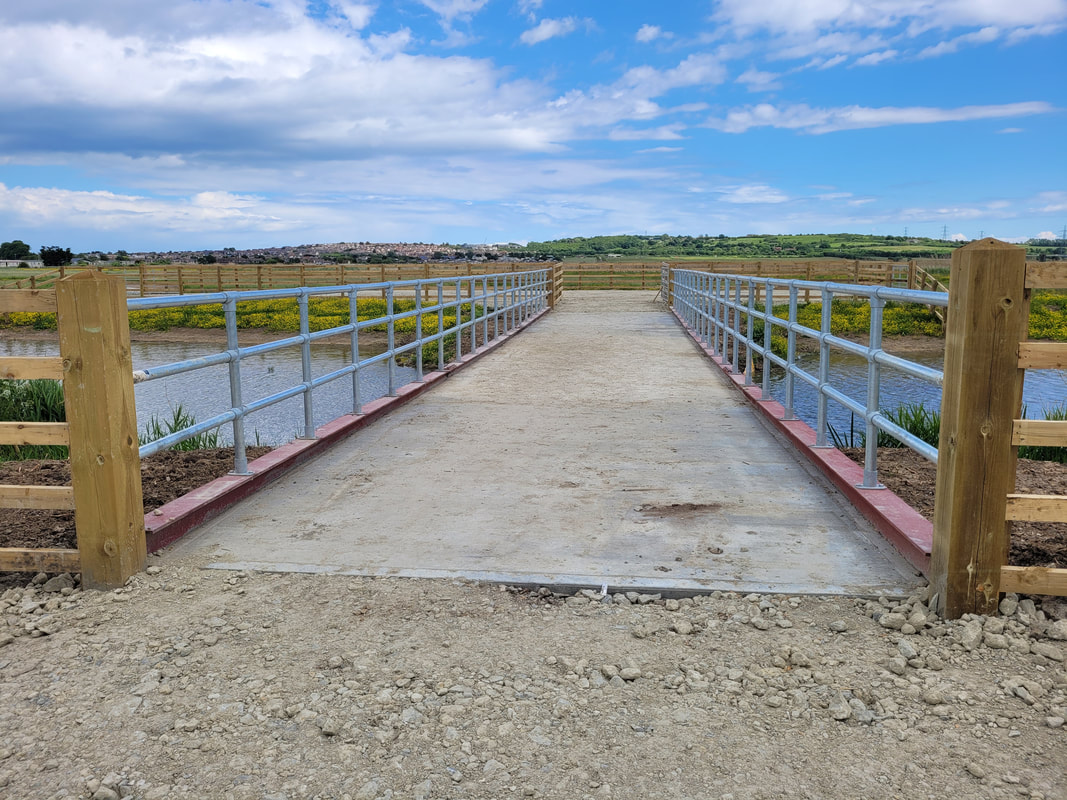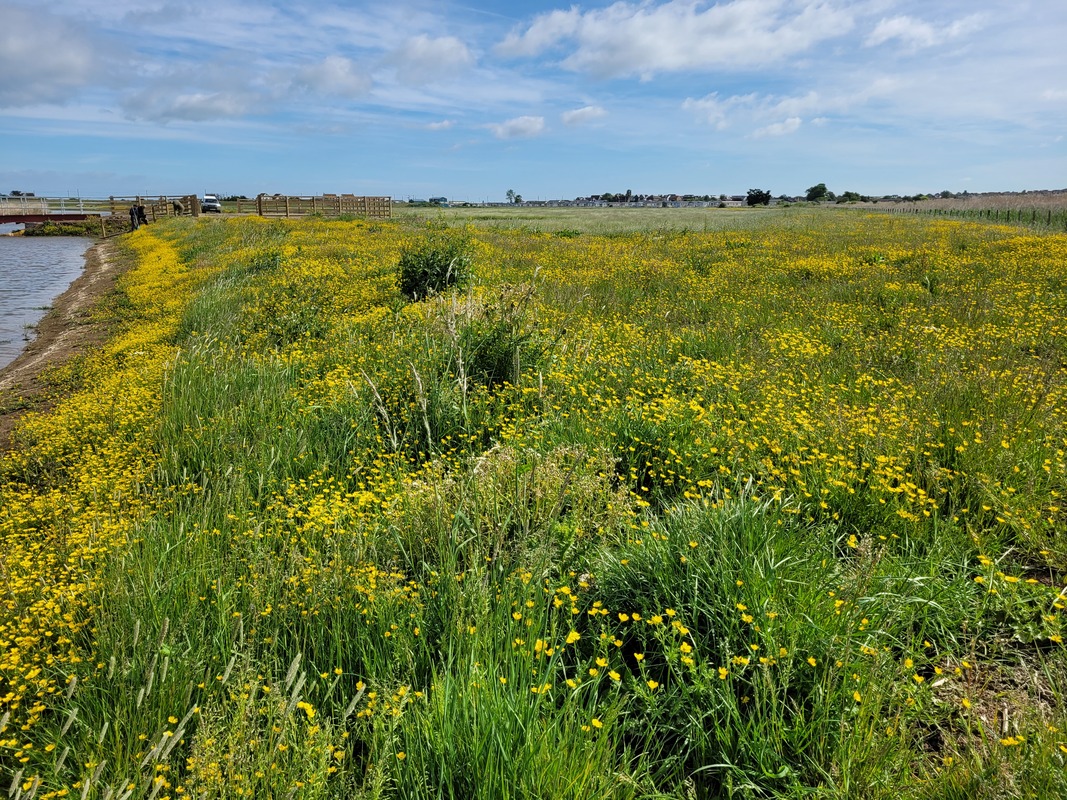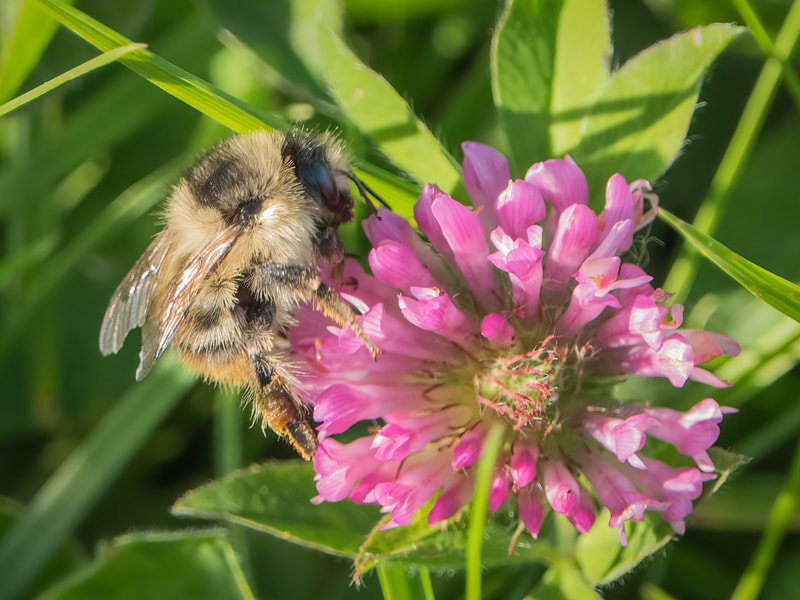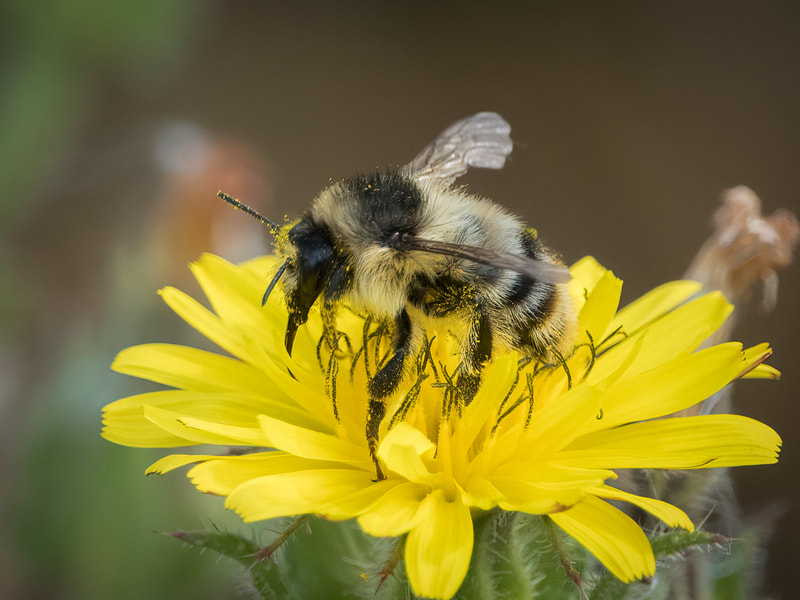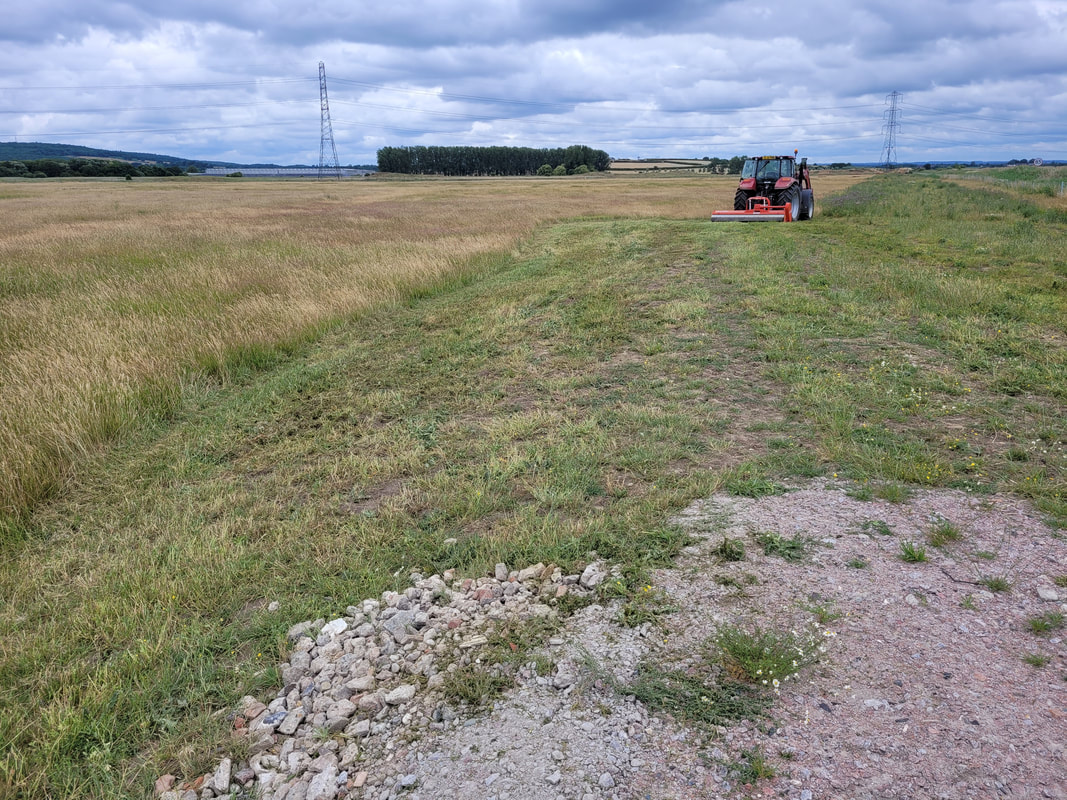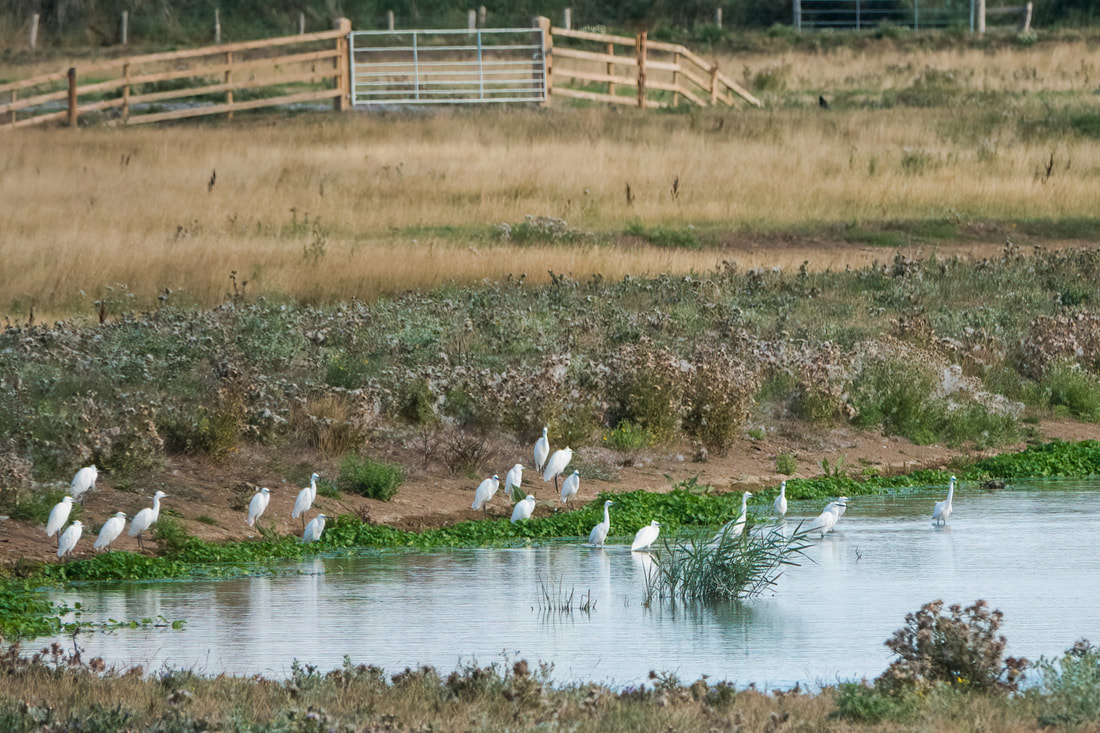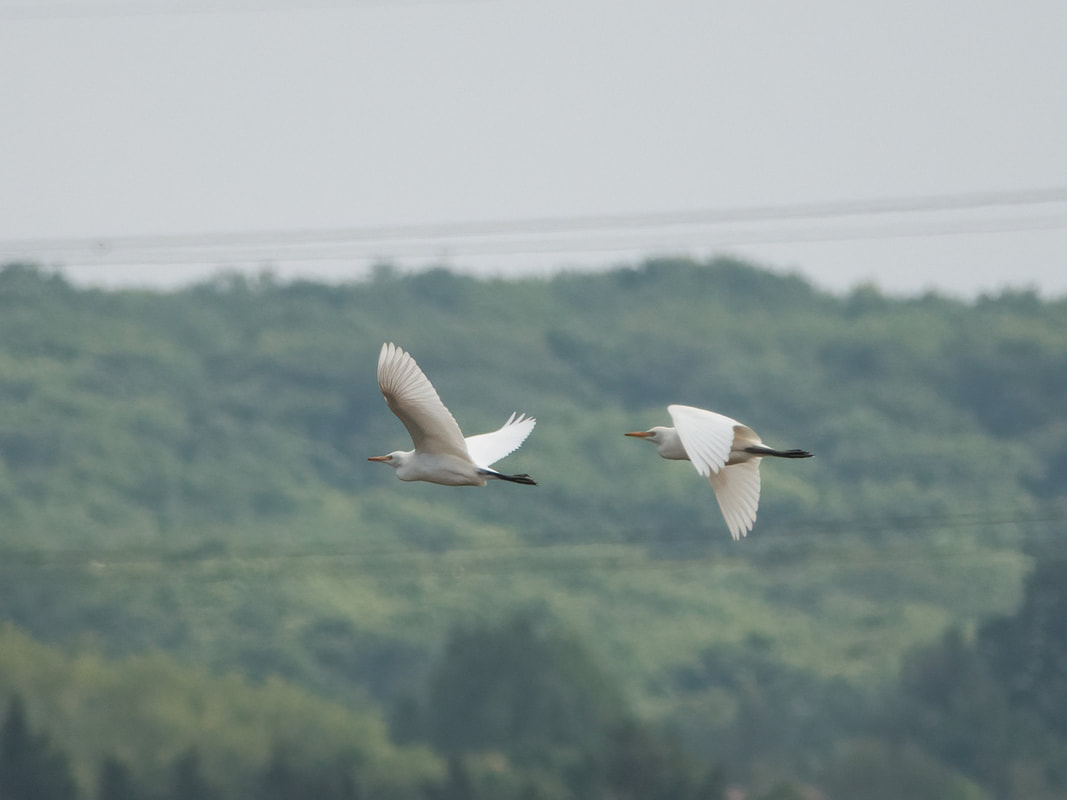|
By Audrey Jost - Assistant Warden at RSPB Seasalter Levels and Blean Woods May 2022 saw the completion of the habitat restoration works at Seasalter Levels. This massive project enabled the creation of 40 crossings/dams, 50 bunds/plugs, 20 islands and nearly 120,000 m2 of rills and scrapes, connected to waterways via culverts and elbow pipes. Over 2,000 m of ditches were restored and 3 trailer mounted water pumps were purchased to replace defective trash pumps, with solar pumps planned to be installed in 2023. 4,000 m of stock fencing and 3 new livestock corrals also were installed, allowing us to introduce large-scale grazing across the reserve. The addition of a bridge linking Alberta and Whitstable Bay Estate, in the north of the reserve further increased connectivity across the site. Spring brought colourful changes to the site as bunds and islands transformed from dark brown to bright yellow with the apparition of bulbous buttercups. This attracted lots of pollinators, with 365 bumblebees recorded by our volunteer surveyor in Alberta, our highest number since starting in 2018! The highlight of this survey was the record of 5 shrill carder bees, one of the UK’s rarest bumblebees. Several shrill carder bees were also spotted on the other side of the bridge in Whitstable Bay Estate, indicating that the species is slowly colonising the site. Unfortunately, we were unable to efficiently control water levels and flood fields this year due to the inability to obtain an abstraction licence. The licence acquisition is however planned for 2023, with a year’s worth of water levels, salinity and flow rates monitoring required by the Environment Agency. Despite all this, the breeding season at Seasalter Levels showed encouraging results, as a small part of the site retained rainwater naturally. Species that successfully bred on the reserve included lapwings, little grebes, pochards, shovelers and gadwalls! After breeding season was over, we carried out habitat management tasks, putting our new tractor into good use as we undertook topping across the site. Despite the site quickly drying out due to the drought and the impossibility of pumping, many different species visited the Levels throughout summer. They ranged from waders such as greenshank, redshank, green and common sandpipers to raptors such as hen harrier and hobby. Rarer birds such as purple heron and glossy ibis were also amongst the reserve’s visitors. We even had a surprise bittern in the reedbed! The remaining water pockets of the site are not to be outdone. The newly created shelf in the main ditch between Alberta and Whitstable Bay Estate is a good example where up to 30 little egrets are seen on a regular basis! If you’re lucky, you may even spot cattle egrets amongst them! 5 months after the official end of the habitat works, the restoration of Seasalter Levels is still a work in progress. Changes are definitely happening but it will take time for the reserve to become a fully functional wetland. Stay tuned for future updates!
Links to the previous blogs on the restoration of Seasalter Levels: Part One and Part Two
0 Comments
Leave a Reply. |
Archives
April 2024
Categories
All
Photo credits: Oystercatcher by Katie Nethercoat (rspb-images.com)
LOTE Logo credits: Saskia Wischnewski |

